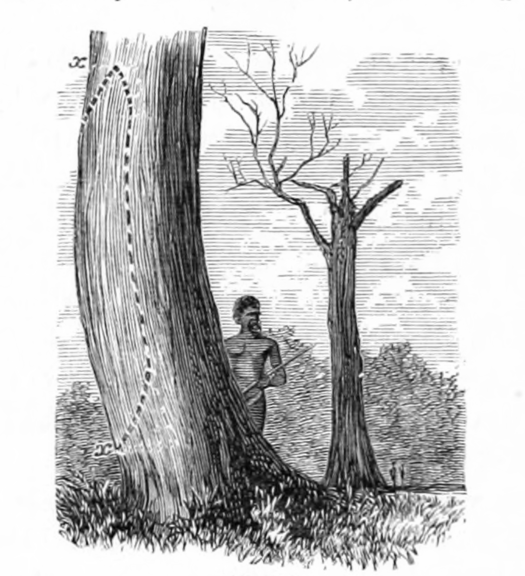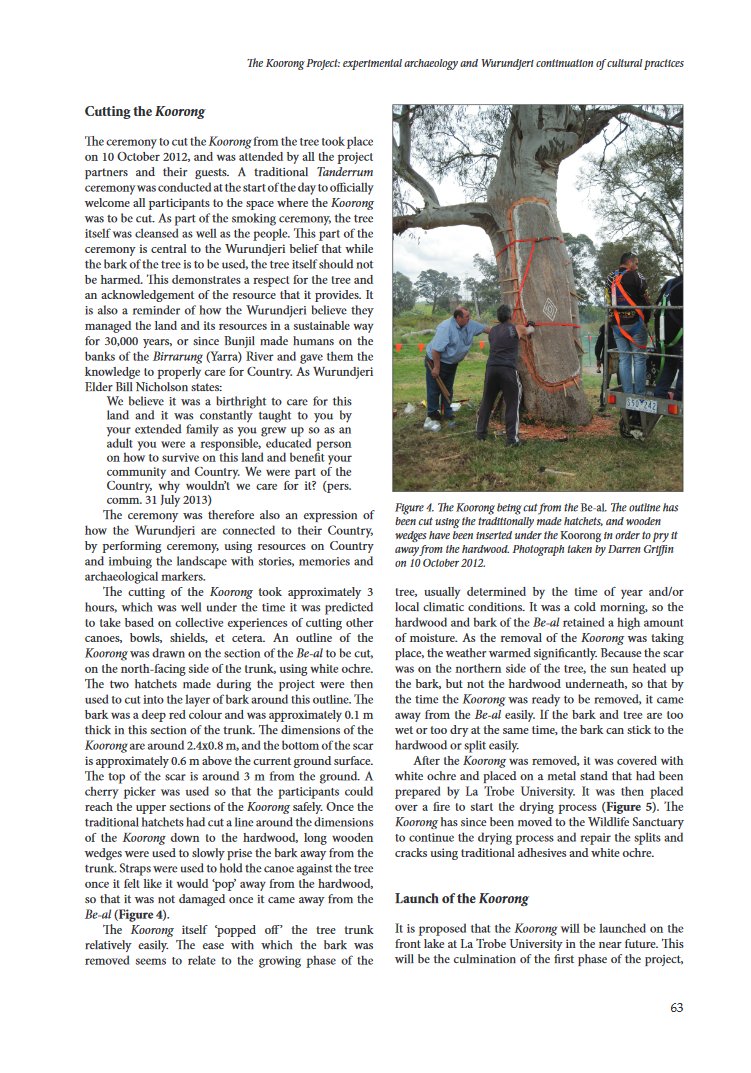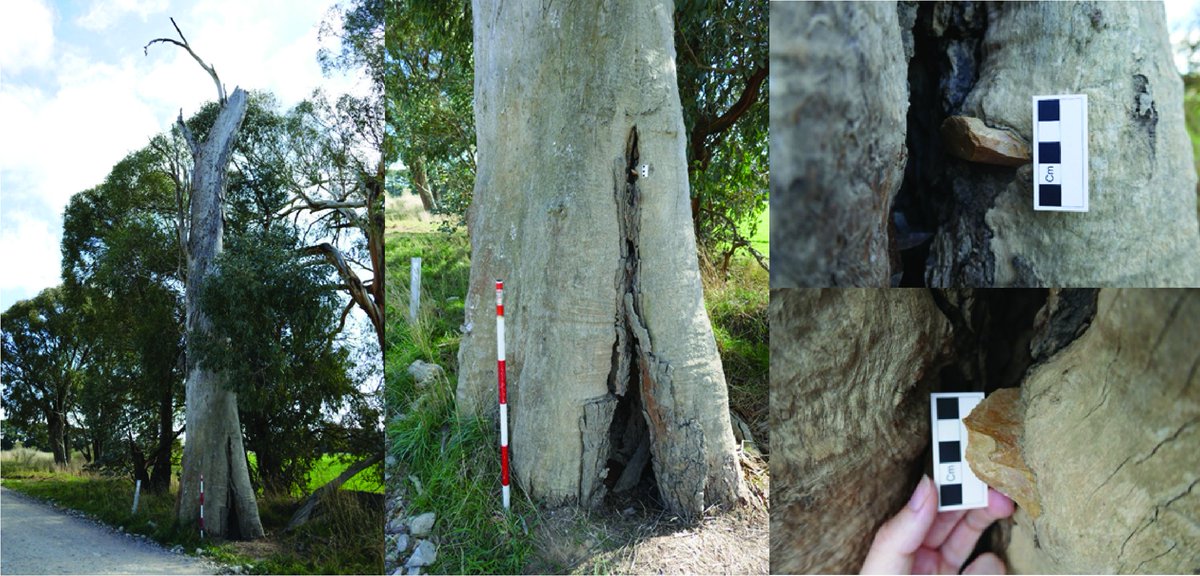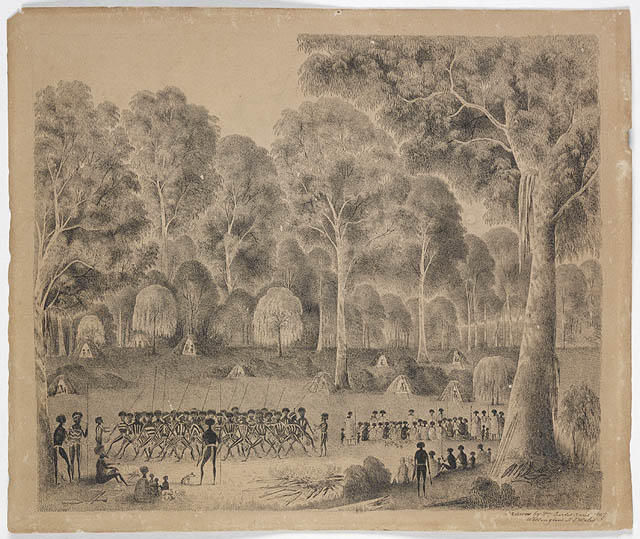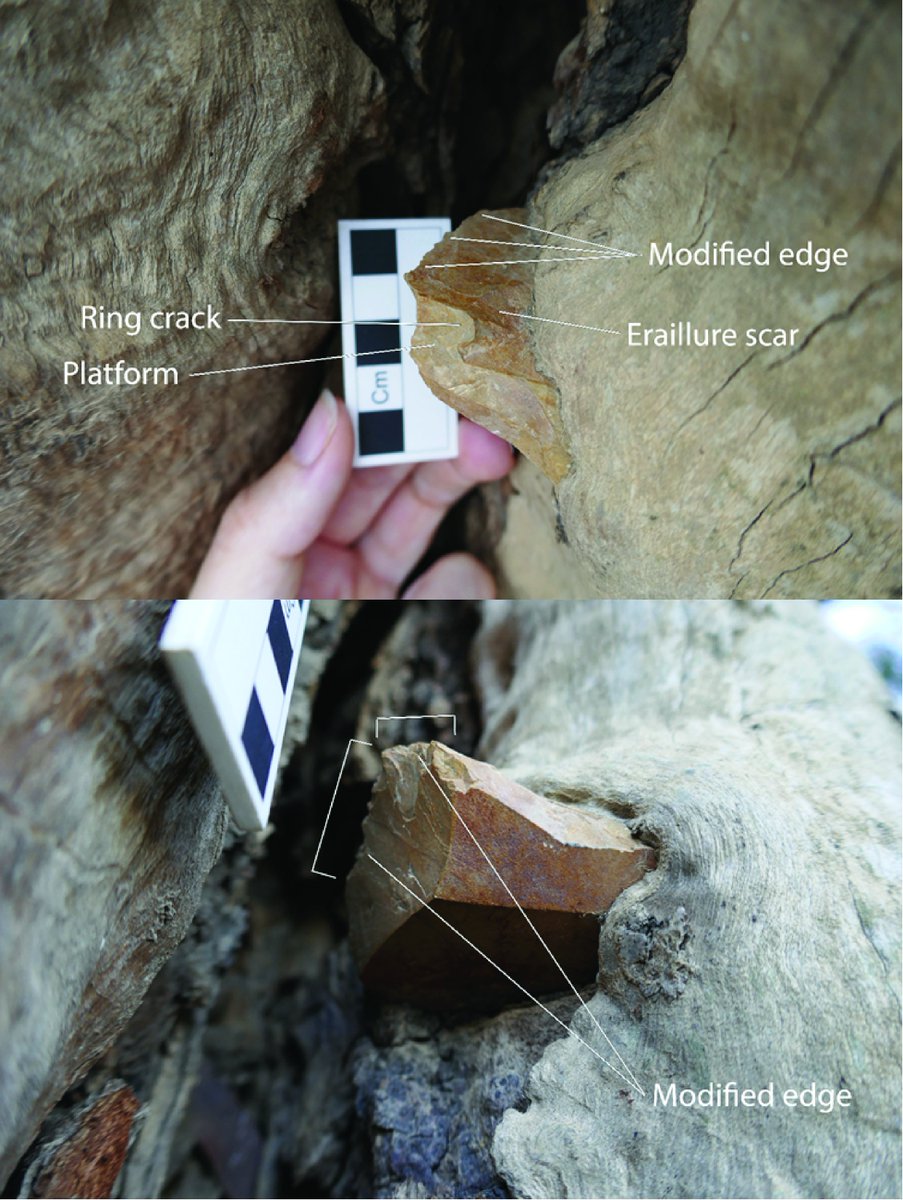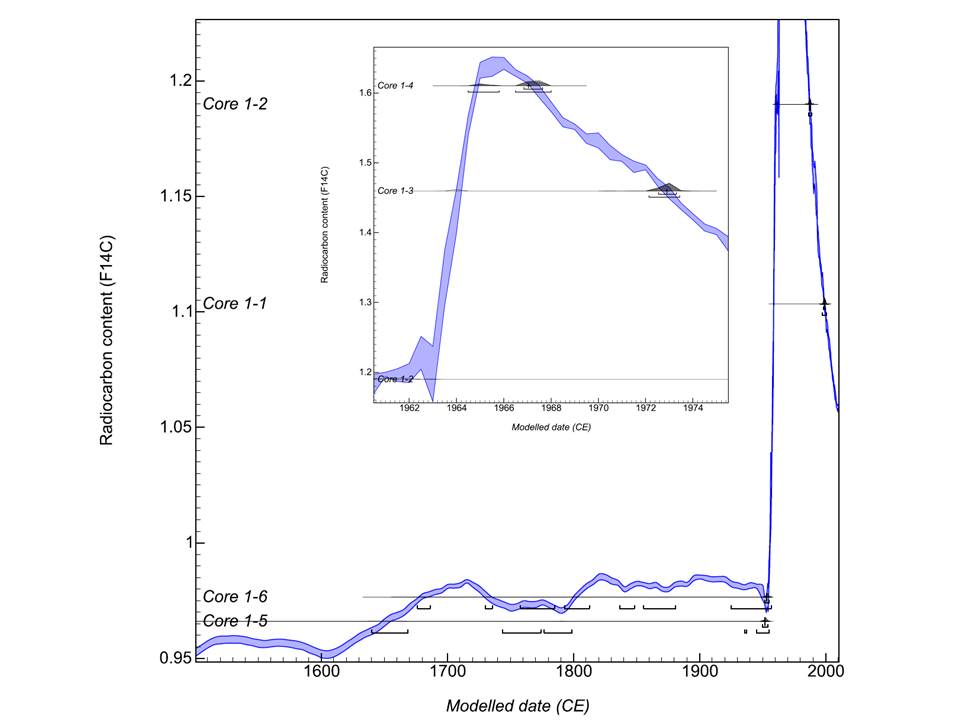Aboriginal culturally modified trees are a striking feature of the Australian archaeological record. This thread is an overview of these trees + an unusual example we discuss in two new articles (1/-)
@AustArchJ https://doi.org/10.1080/03122417.2020.1769912
https://doi.org/10.1080/0... href="https://twitter.com/ConversationEDU">@ConversationEDU https://theconversation.com/how-a-stone-wedged-in-a-gum-tree-shows-the-resilience-of-aboriginal-culture-in-australia-139663">https://theconversation.com/how-a-sto...
@AustArchJ https://doi.org/10.1080/03122417.2020.1769912
So, what are Aboriginal culturally modified trees ( #CMTs)? They are trees that have been modified physically in some way for functional or symbolic purposes. This includes creating engravings, manipulating tree limbs, and removing bark or wood to make a range of items (2/-)
Humans have long used bark and wood in everyday life, but it& #39;s rare to find examples of these artefacts in the archaeological record - let alone the trees they came from. In Australia, a number of these trees still exist and continue to be made (3/-)
Scarred trees occur most commonly. Bark removed from these trees was used for a variety of purposes, including making canoes, coolamon (containers), shields and other objects. Over time, new growth envelopes these scars and they appear smaller (4/-) https://www.sydneycoastwalks.com.au/aboriginal-canoe-tree/">https://www.sydneycoastwalks.com.au/aborigina...
There are also carved trees (dendroglyphs). These trees have patterns and motifs engraved into them, sometimes on a & #39;dry face& #39; where bark has been removed. These trees are symbolic, with some examples marking locations of burials and ceremonies (5/-) https://www.australiangeographic.com.au/topics/history-culture/2011/06/carved-trees-bring-indigenous-history-to-life/">https://www.australiangeographic.com.au/topics/hi...
Ring trees are relatively enigmatic, as we don& #39;t know a lot about them. These trees have deliberately modified limbs. Traditional knowledge suggests that at least some of these trees marked significant cultural locations (6/-) https://theconversation.com/the-ring-trees-of-victorias-watti-watti-people-are-an-extraordinary-part-of-our-heritage-91310">https://theconversation.com/the-ring-...
We just published two articles on an unusual Aboriginal culturally modified tree from Wiradjuri Country/SE Australia (links  https://abs.twimg.com/emoji/v2/... draggable="false" alt="👆" title="Rückhand Zeigefinger nach oben" aria-label="Emoji: Rückhand Zeigefinger nach oben">). The Orange Local Aboriginal Land Council invited us to study this tree, and co-wrote the articles (7/-) https://www.olalc.com.au/ ">https://www.olalc.com.au/">...
https://abs.twimg.com/emoji/v2/... draggable="false" alt="👆" title="Rückhand Zeigefinger nach oben" aria-label="Emoji: Rückhand Zeigefinger nach oben">). The Orange Local Aboriginal Land Council invited us to study this tree, and co-wrote the articles (7/-) https://www.olalc.com.au/ ">https://www.olalc.com.au/">...
This tree is the only known example in Australia, and internationally, with a stone tool still lodged in it. The question is, how and when did the stone tool get there? And was it used to create the scar? (8/-)
First off, the tree is a dead eucalyptus, with no surviving tree canopy. It& #39;s about 15m high, and 4.3m in girth at chest height. The scar is overgrown, but was probably once 2m long x 0.9m wide. 3D model  https://abs.twimg.com/emoji/v2/... draggable="false" alt="👇" title="Rückhand Zeigefinger nach unten" aria-label="Emoji: Rückhand Zeigefinger nach unten"> (9/-) https://sketchfab.com/3d-models/figure-6-2e4df9ebe46246bcbcc3d41eeb3951f1">https://sketchfab.com/3d-models...
https://abs.twimg.com/emoji/v2/... draggable="false" alt="👇" title="Rückhand Zeigefinger nach unten" aria-label="Emoji: Rückhand Zeigefinger nach unten"> (9/-) https://sketchfab.com/3d-models/figure-6-2e4df9ebe46246bcbcc3d41eeb3951f1">https://sketchfab.com/3d-models...
The size and shape of the scar is the same as bark slabs used for Aboriginal shelter construction. But the scar also has some resemblance to natural scars from fire damage and stress (10/-)
The stone tool has features consistent with traditional Aboriginal methods of stone tool making. Under a microscope, it also contains wear patterns and residues from scraping hard wood and being hammered into the tree @RichardFullagar @ebbehayes @CAS_UOW (11/-)
The radiocarbon dating results surprised us the most. They suggest the tree first grew around 1900, and the scar was created (and stone tool wedged into it) some time between 1950-1973 @ANSTO @cabahCoE (12/-)
Some of the Aboriginal community still consider the tree, and placement of the stone tool, to be older. Other members believe the recent dates are significant as they show continuation of Wiradjuri culture even during active assimilation policies (13/-) https://www.abc.net.au/radionational/programs/rearvision/part-2-assimilation-to-self-determination/9868862">https://www.abc.net.au/radionati...
Overall, the origin of the scar remains unclear, but its physical relationship with the stone tool is indisputable. Why was the stone tool left in the tree? Perhaps accidentally (or because it could not be removed), or deliberately as a symbolic marker in the landscape (14/-)
Regardless, for the Aboriginal community, this tree is a clear-cut reminder of the continuity and resilience of Aboriginal knowledge and culture through the 20th century and into the present  https://abs.twimg.com/emoji/v2/... draggable="false" alt="❤️" title="Rotes Herz" aria-label="Emoji: Rotes Herz">
https://abs.twimg.com/emoji/v2/... draggable="false" alt="❤️" title="Rotes Herz" aria-label="Emoji: Rotes Herz"> https://abs.twimg.com/emoji/v2/... draggable="false" alt="💛" title="Gelbes Herz" aria-label="Emoji: Gelbes Herz">
https://abs.twimg.com/emoji/v2/... draggable="false" alt="💛" title="Gelbes Herz" aria-label="Emoji: Gelbes Herz"> https://abs.twimg.com/emoji/v2/... draggable="false" alt="🖤" title="Schwarzes Herz" aria-label="Emoji: Schwarzes Herz"> (15/-)
https://abs.twimg.com/emoji/v2/... draggable="false" alt="🖤" title="Schwarzes Herz" aria-label="Emoji: Schwarzes Herz"> (15/-)
Thanks for reading along! For more information about our study, please see the two article links at the very top  https://abs.twimg.com/emoji/v2/... draggable="false" alt="👆" title="Rückhand Zeigefinger nach oben" aria-label="Emoji: Rückhand Zeigefinger nach oben"> (16/-)
https://abs.twimg.com/emoji/v2/... draggable="false" alt="👆" title="Rückhand Zeigefinger nach oben" aria-label="Emoji: Rückhand Zeigefinger nach oben"> (16/-)

 Read on Twitter
Read on Twitter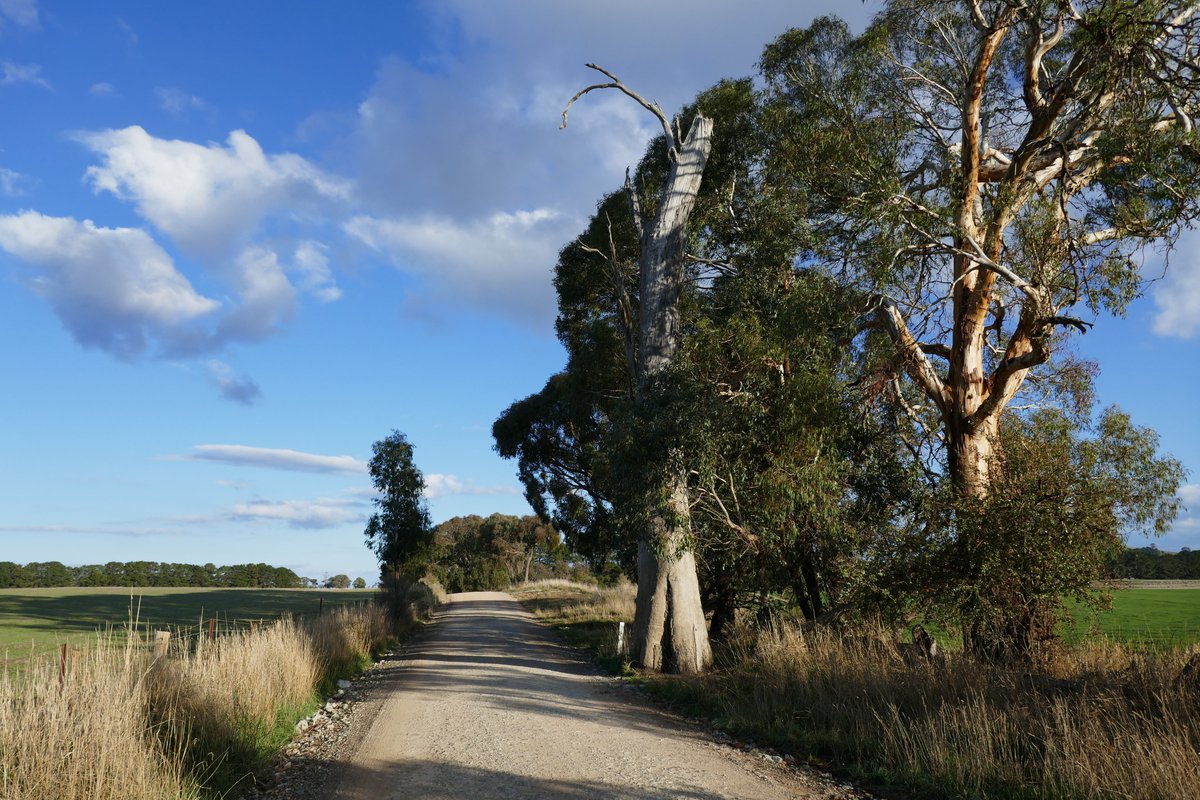 @ConversationEDU https://theconversation.com/how-a-sto..." title="Aboriginal culturally modified trees are a striking feature of the Australian archaeological record. This thread is an overview of these trees + an unusual example we discuss in two new articles (1/-) @AustArchJ https://doi.org/10.1080/0... href="https://twitter.com/ConversationEDU">@ConversationEDU https://theconversation.com/how-a-sto..." class="img-responsive" style="max-width:100%;"/>
@ConversationEDU https://theconversation.com/how-a-sto..." title="Aboriginal culturally modified trees are a striking feature of the Australian archaeological record. This thread is an overview of these trees + an unusual example we discuss in two new articles (1/-) @AustArchJ https://doi.org/10.1080/0... href="https://twitter.com/ConversationEDU">@ConversationEDU https://theconversation.com/how-a-sto..." class="img-responsive" style="max-width:100%;"/>
